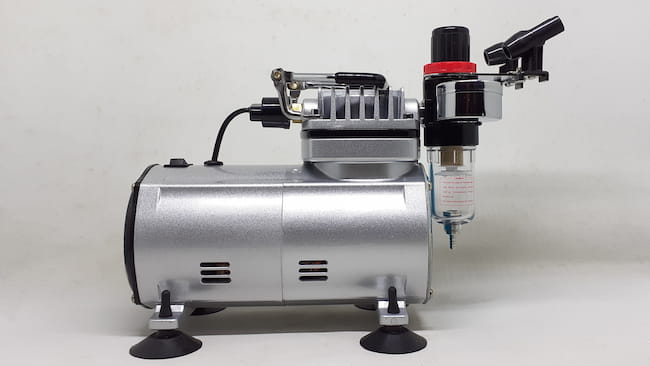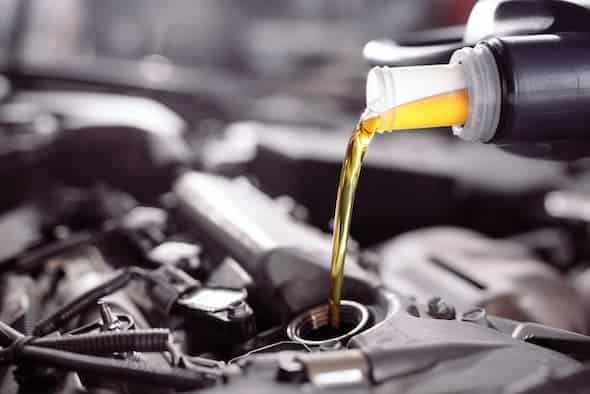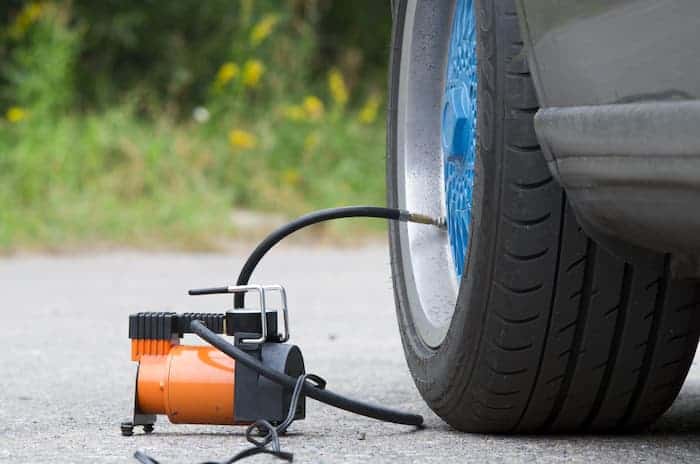An air compressor is a machine that converts power from an electric motor or gasoline engine into kinetic energy by compressing and pressurizing air. The compressed air is then stored in a tank or released through a hose to power various tools and equipment.
Air compressors are versatile tools that have become an essential part of many industries. They are used to power various pneumatic tools, inflate tires, clean machinery, and even in medical applications.
Table of Contents
ToggleTypes of Air Compressors
There are four main types of air compressors: reciprocating, rotary screw, scroll, and centrifugal.
Reciprocating Air Compressors

Reciprocating air compressors, also known as piston compressors, use a piston and cylinder to compress and store air.
They are commonly used in small workshops, garages, and homes.
Rotary Screw Air Compressors

Rotary screw air compressors use two interlocking screws to compress air.
They are more efficient than reciprocating compressors and are commonly used in larger industrial applications.
Scroll oil-free Air Compressors

Scroll air compressors use two spiral elements to compress and store air, They are quieter and more energy-efficient than reciprocating and rotary screw compressors.
Centrifugal Air Compressors

Centrifugal air compressors use a high-speed rotating impeller to compress air. They are commonly used in large industrial applications where a high volume of compressed air is required.
How Does an Air Compressor Work?
There are several types of air compressors, but they all work on the same principle. An air compressor uses an electric motor, diesel or gasoline engine, or another power source to drive a piston or rotary screw.
As the piston or screw moves, it compresses the air and forces it into a storage tank.
The pressure in the tank increases proportionally to the amount of air compressed and stored.
When the pressure in the tank reaches its upper limit, the air compressor shuts off, and the compressed air is held in the tank until it is needed. When the pressure drops below a certain level, the air compressor turns on again and re-pressurizes the tank. This cycle repeats as long as the air compressor is running.
Here are some of the most common uses of air compressors
-
- Pneumatic tools: Air compressors are frequently employed to run pneumatic tools in various commercial fields, including automotive, construction, and manufacturing. Such tools are advantageous compared to electric ones as they are more powerful, faster, and longer-lasting.
-
- Inflating tires: Using air compressors to inflate tires is a great way to save time and effort, especially if you have multiple tires that need inflating. It can be used for cars, bicycles and sports equipment alike.
-
- HVAC systems: Air compressors are used in heating, ventilation, and air conditioning (HVAC) systems to supply compressed air to pneumatic actuators that control the flow of air or water in the system.
-
- Spray painting: Air compressors are commonly used in spray painting applications. The compressed air atomizes the paint, creating a fine mist that results in smooth and even finishes.
What parts can you find inside an air compressor?
There are various types of compressors, each with its own variety of parts. For simplicity and easy understanding, we will discuss the common parts usually found in reciprocating air compressors.
The discussion will focus on the major working components of a reciprocating air compressor; parts that are essential for automatic operation are not included, as they may vary depending on the requirements.
Essential components of such compressors include:
-
- Cylinder Head
- Piston
- Delivery valve
- Suction/ Intake valve
- Cylinder liner/ Wall/ cooling water jacket
- Crankcase
- Compressor casing
- Crankshaft
- Connecting rod
- Main Bearings
- Bed plate or Bottom structure
- Foundation
- Lubricating Oil strainer
- Stage relief valves
- After-coolers
- Intercoolers
- Suction filter, and other minor components.
Conclusion
Air compressors are highly versatile and have many uses across a variety of industries, as well as in our homes. They offer multiple benefits such as delivering compressed air for cleaning purposes, inflating car tires, and powering large tools.
FAQ - Air Compressor
What is the difference between PSI and CFM?
PSI (pounds per square inch) is a measurement of pressure, while CFM (cubic feet per minute) is a measurement of flow rate. PSI measures how much force is applied to a given area, while CFM measures the amount of air that flows through a given area in a minute.
Can I use an air compressor to paint my car?
Yes, an air compressor can be used to power a paint gun for painting a car. However, it is important to choose the right type of compressor and gun for the job, and to properly prepare the surface to be painted.
How often should I change the oil in my air compressor?
The frequency of oil changes depends on the type of air compressor and its usage. As a general rule, oil should be changed every 500 to 1000 hours of operation or every 3 months, whichever comes first.
Can I use an air compressor to inflate my pool floaties?
Yes, an air compressor can be used to inflate pool floaties and other inflatable objects. However, it is important to use a low-pressure setting and to monitor the inflation to avoid over-inflating and damaging the object.
How loud are air compressors?
The noise level of air compressors can vary depending on the type and size of the compressor. On average, a portable air compressor can produce around 70-90 decibels of noise, while larger industrial compressors can produce up to 110 decibels. It is important to wear ear protection when using an air compressor to protect your hearing.




